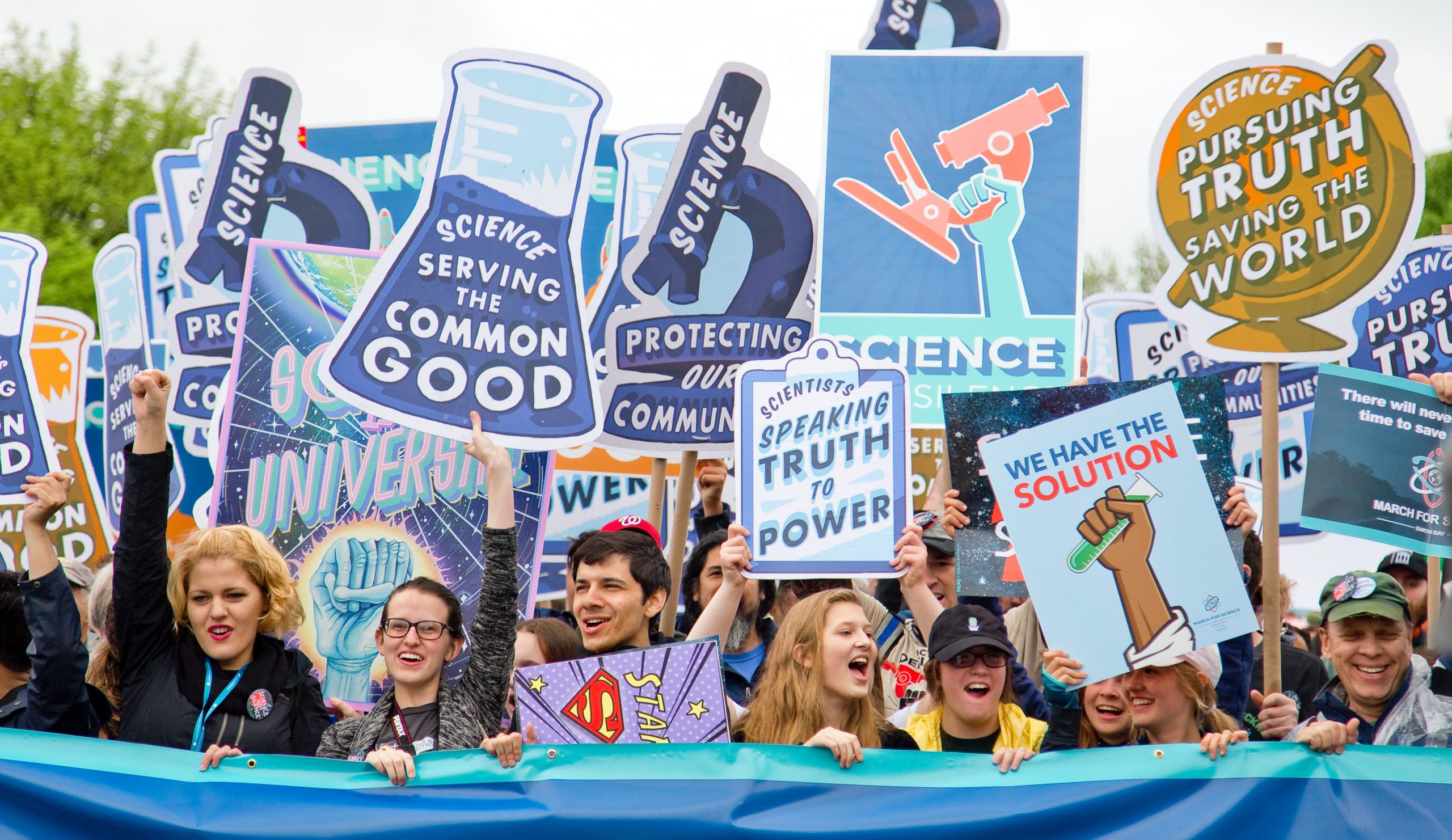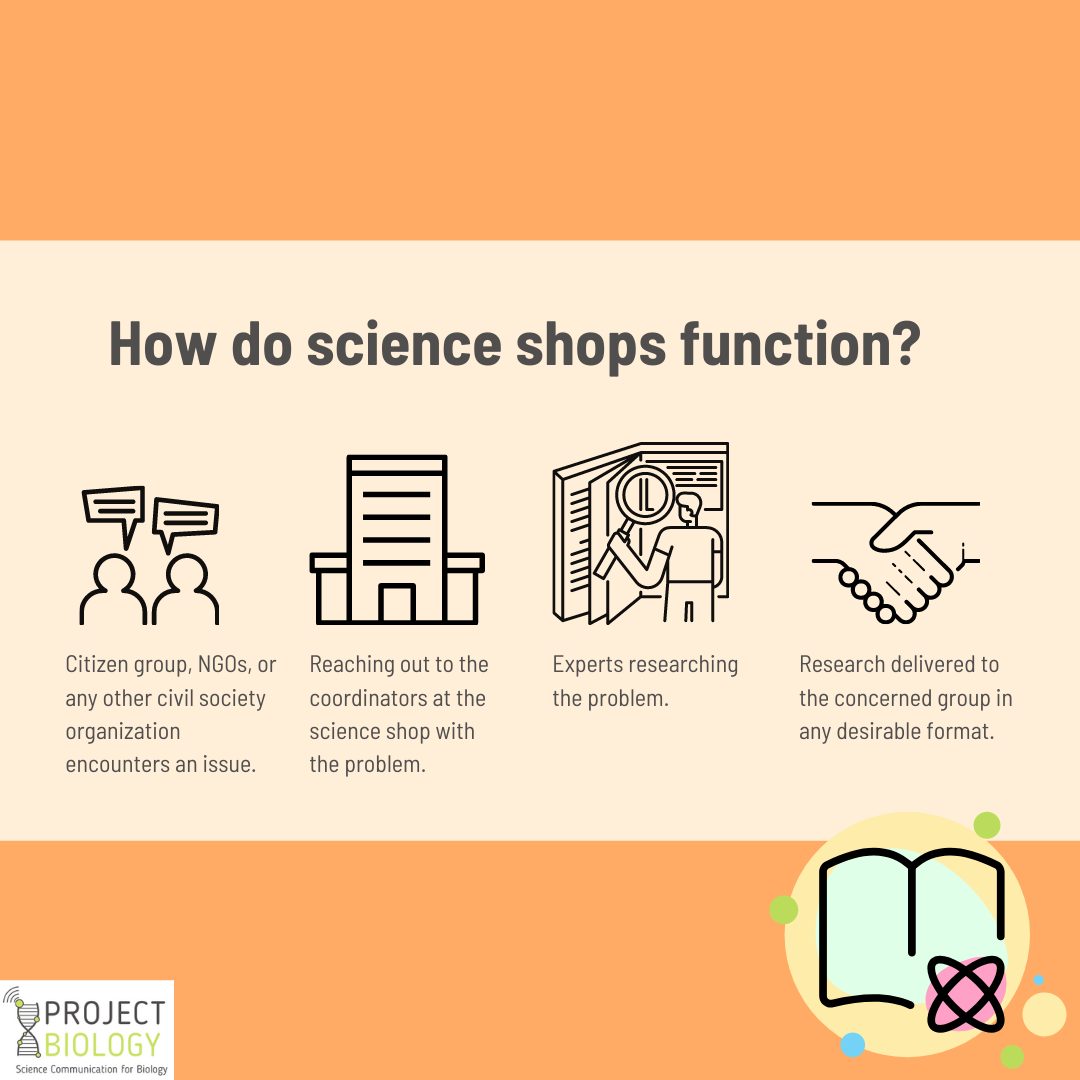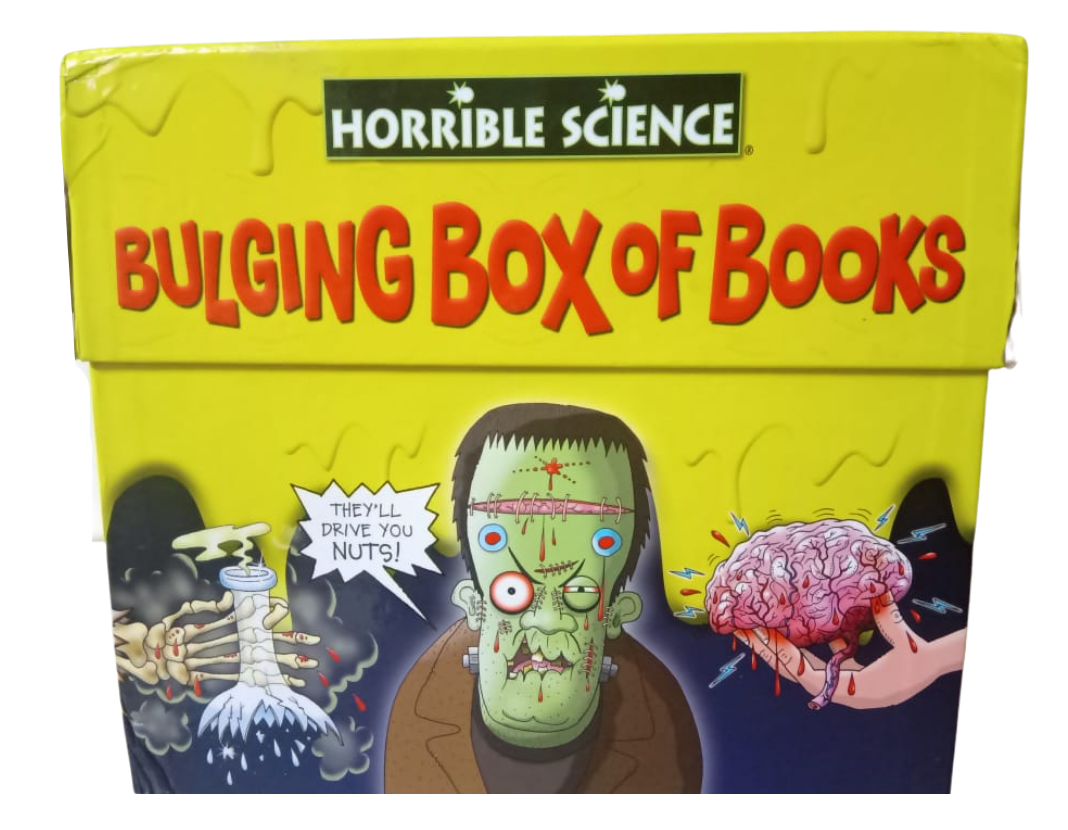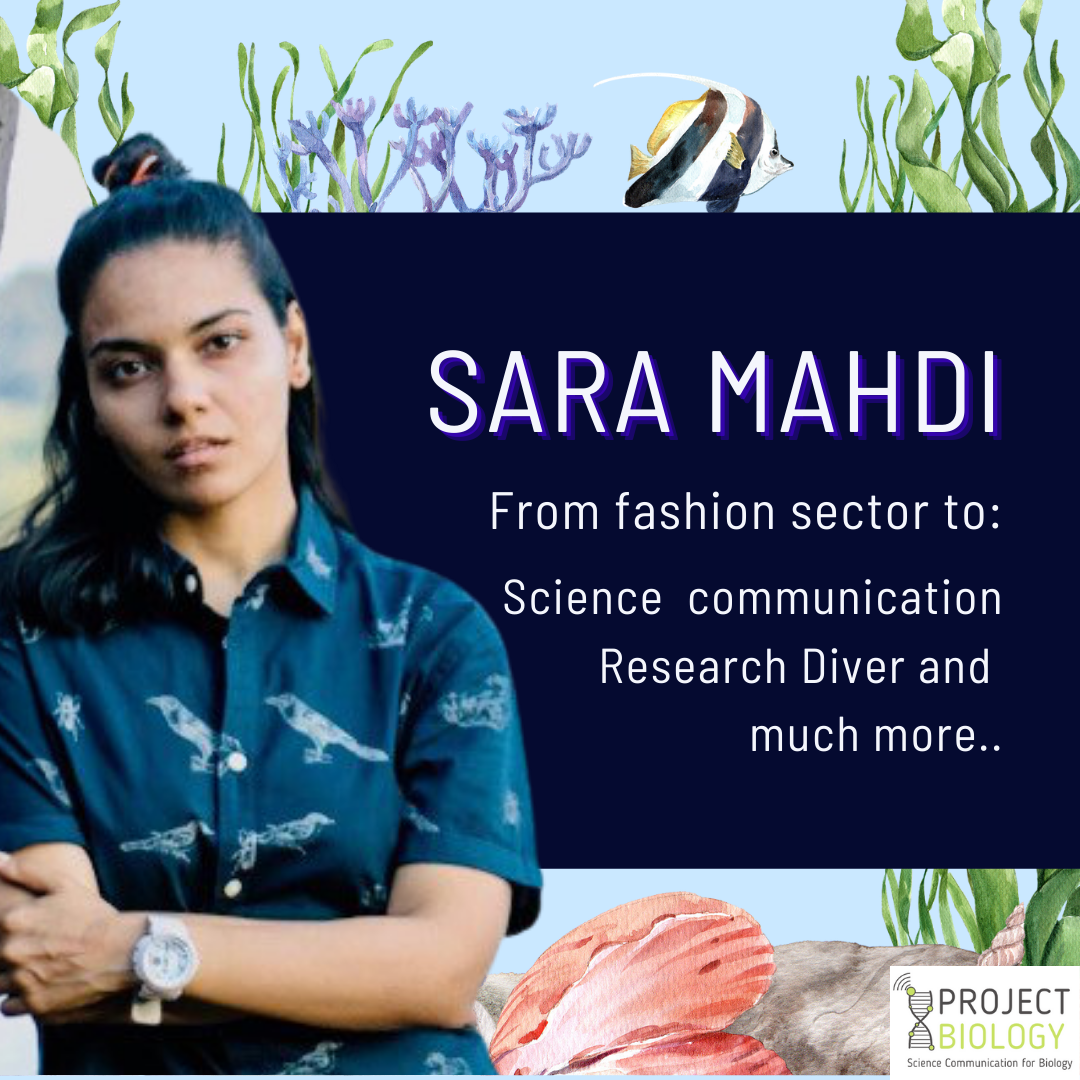Digital stories are changing human perspectives towards a sustainable future in an optimistic way. Let’s take the example of the ‘24 Hours for a Resourceful Future’ initiative for a susceptible planet. The website displays eye-grabbing 3D animation with associated narratives and sheds light on recycling daily use objects of newspapers, mattresses, and even cars.
Another captivating example of digital initiatives to save planet Earth is an educational website page ‘The view from above’ created by Allbirds, a New Zealand-American sustainable shoes and clothing brand, in collaboration with New York Times.
The website briefs us on the importance of birds’ survival, which is necessary for humans’ survival, and the various means we can support the lives of birds. The beautiful narrative is supported by colorful graphics complemented with soundscapes of birdsongs in the background.
So, why do digital stories hold such power? And how to practice digital storytelling?
Things to remember while telling digital stories
We tried answering these questions for you.
1.Digital stories combine narratives with interesting and compelling components such as music, photos, and music, moving the audiences, persuading them to take action. Such a multimodal design of telling stories holds greater potential by providing multiple entry points for creativity. The storytellers can tell stories in different ways without changing the content.
2. Using the digital way of storytelling, the content reaches everyone and anyone having access to basic technology and the internet, both on a local and global level. As historic storytelling combines with new-age technology, it even crosses the cultural, language, and physical divides. Digital storytelling also helps engage and involve low-income, minority, and “at-risk” students to support science achievement.
3-minutes remains the suitable duration to tell well-received stories.
3. But to conjure a compelling storyline, it shall carry different dimensions such as personal history, emblematic or popular behaviors. Moreover, complementing the compelling storylines with a particular style of storytelling that participants find particularly warm and authentic confers inspiration. You can learn more about creating visual storylines and structuring stories.
4. Additionally, the stories that lead to debate, disagreement, feature dilemmas, or paradoxes in being environmental – whether conscious or unconscious also help. Besides appeal, it’s been found that the perceived authenticity of the story with clear motivations of the storyteller helps establish credibility. If stories remain audiences of someone they know, it enhances its appeal and believability.
5.Beware!!Multi-voiced stories overall seemed to have less impact overall. It’s been proposed that when multiple people narrate the story, then the story’s personality or the speaker gets diluted. Also, focusing on a range of behaviors removes the storyline from practical action, turning it into a general discussion.
Digital storytelling to promote sustainability
Like excessive use of natural resources, human activities, with consumption as the focal point rather than conservation, are the major contribution to unsustainable development. Though education is a medium to bring awareness, the learning materials employed, if based on foreigners’ experience, may not suit different sections of the globe or society.
Due to its capability to persuade the audience, customized visual storytelling is a potential tool in spreading the important findings of sustainability science and bringing about significant changes in humankind’s sustainability behavior.
Cues to bringing about behavior change
We have the following two suggestions to create a successful storyline for boosting susceptibility-based behavior changes in the public.
1. Identify specific target audience: Given that there is more than one type of audience, defining the audience’s type for a certain storyline helps create a content tailormade for that precise population. This allows the public to understand the message better, therefore connect to the need for sustainable development. This is an important factor in increasing the impact of the storyline on the public.
2.Persuasive strategy: An effective behavior intervention aims at behavior that is possible to change instead of forcing it on the individual. Researchers insist on identifying the factors that affect the alteration in behavior, for this understanding whether the behavior alterations/interventions proposed are feasible or not.
3.The Fogg Behaviour Model (2009), given by Brian Jeffrey Fogg, a research associate at Stanford University, proposes the three important elements of behavior change in humans. These are:
- Motivation: People need to be motivated to bring a change in their current behavior.
- Ability: They must have the ability to practice the new behavior.
- Trigger: They have to be triggered to exercise the new behavior
Thus, for a behavior to happen in an individual, these three factors must converge simultaneously. If any one of the elements is missing, behavior change won’t take place. A simple formula depicts this.
B = MAT or Behaviour = Motivations + Ability + Trigger

Looking at the graph above, you can notice the following points.
- There is more likelihood of an individual to take up the target behavior when the motivation and ability of the said person to take up the new behavior increases.
- There exists an inverse relationship between motivation and ability. This implies that the easier it is to do something, the lesser the motivation is to do it and vice versa.
- The action line signifies that any behavior occurs if aptly prompted, and any behavior below the action line will not occur regardless of the triggers.
- To have a targeted behavior performed, the concerned person’s motivation and abilities require boosting.
It remains important to note that people do not generally copy behaviors but are inspired by them.
Process of telling a digital story
The digital storytelling process entails more complexity than mere written or oral communication. The image below shows the eight-step process one needs to follow for telling stories:

Once you develop an idea, always research further into the type of audience, the interventions you can offer, the feasibility of such interventions, learn about the concept, and more. Then comes writing the script, which needs to be engaging and entertaining while being informative. Following the script, put all your research and ideas with the script on the storyboard.
It is the stage where one decides upon the visuals, the color palettes, and more. Post storyboarding, we go ahead gather or create the audio, images, and video, and then move on to compiling the visual material for our digital storytelling experience. However, you need not stop upon completing and sharing the story. Always look for feedback and reflect upon it to improve the future course of action.
Elements for telling the actual story
So, what are the elements that you shall keep in mind while telling a digital story? Center for digital storytelling Berkeley, California, mentions the following seven elements as helpful:
- Point of view
- A dramatic question
- Emotional content
- Gift of voice
- Power of soundtrack
- Economy
- Pacing
Many platforms such as Instagram reels, Story features, and others allow you to tell digital stories affordably. However, the basic steps and elements remain the same. Many great accounts use digital storytelling to create impact, such as Madrascrocbank, UNICEF, WHO, and more. You can learn more about these elements by watching this video:




